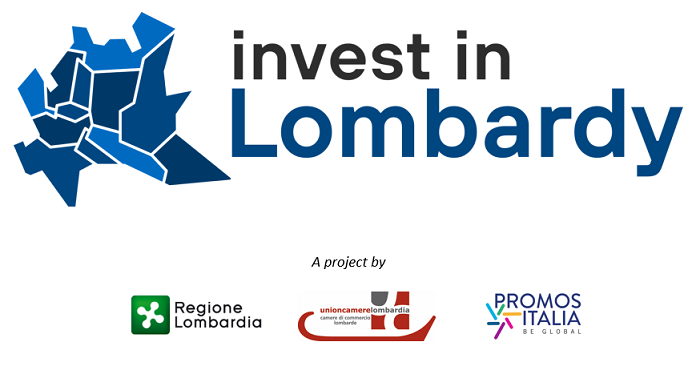The total number of people employed in Lombardy has reached a total of 4 million units, thus exhibiting a +2.8% annual increase. Milan is the first city in Italy, with 1.9 million workers
Employment among firms returns to grow, but it shows on the other hand an increasing degree of polarization towards the big cities. According to data provided by the Milan Chamber of Commerce, during the last year the total workforce underwent a 2.8% increase, with 446.000 new workers over a national total of 16 million.
Lombardy, with its 3.8 million workers, constitutes no exception, exhibiting a growth of 103,000 units that correspond to a 2.8% increase on a yearly basis. On a 5-year timeframe the growth of the local workforce amounts to 52,000 units per year, showing a +1,4% compound annual growth rate.
During the same 5-year reference period, the city of Milan reports a 17% increase in terms of total hirings, with 106,000 new workers. The capital city of Lombardy leads the Italian rankings with 1.9 million workers, followed by Rome (1.5 million), Turin (718,000), Naples (542,000) and Brescia (394,000). From a regional perspective, in Lombardy Milan and Brescia are followed by Bergamo, with 355,000 units, and Monza, with 229,000 units.
The Italian industrial sectors that are experiencing the highest growth rates are postal and courier activities (+111,000 workers in 5 years), office support services (+82,000) and recruitment (+63,000).
Lombardy as well shows a remarkable increase in terms of employment among the office support service sector and the advertisement and market research sector, both with 24,000 new workers.
Companies are playing a prominent role in determining an increasing supply in terms of employment opportunities, starting from Lombardy and from the big cities like Milan.
While the ultimate economic impact of the reform is evident, the tangible effects of the new measures over the labour market concern areas pertaining to the labour and employment law. The following insights provided by the law firm De Luca & Partners from the Invest In Lombardy partners’ network can shed a light over this aspect.
During the last decade, Italy has implemented a number of substantial labour market reforms aimed at creating a modern, competitive and non-discretionary environment, with the following outcomes:
– Since 2015, reinstatement has been substantially limited to cases of discrimination proven by the concerned employee and the indemnity possibly due is not discretionary for the judge;
– According to the new reforms, should the dismissal be declared unfair, the employee may be entitled to an indemnity amounting to 2 months of salary per each year of seniority, up to a maximum of 24 months for employees having a seniority above 12 years;
– However, the new law on dismissal encourages the parties to find a prompt and amicable out-of-court settlement to the disputes. As a matter of fact, should the employee accept an offer of 1 month per year of seniority, up to a maximum of 12 months, a substantial tax exemption applies;
– The court litigation has dramatically fallen (an approximate 70% reduction of court cases concerning dismissals and termination of fixed term contracts);
– The length of first-degree employment Court litigation has reached a new low: 1-1.2 years on average at Italian level; 7 months at the Court of Milan;
– Since 2015, the employer has a wide power to freely decide the duties to which the employee must be assigned to during the employment relationship.
In view of the above, the Italian labour market is progressing towards new dynamics in line with the highest European and international standards: this evidence adds up to the countless factors that are making Italy – and Lombardy in particular – an increasingly favorable destination for foreign investors.
Credits: De Luca & Partners, Invest in Lombardy


